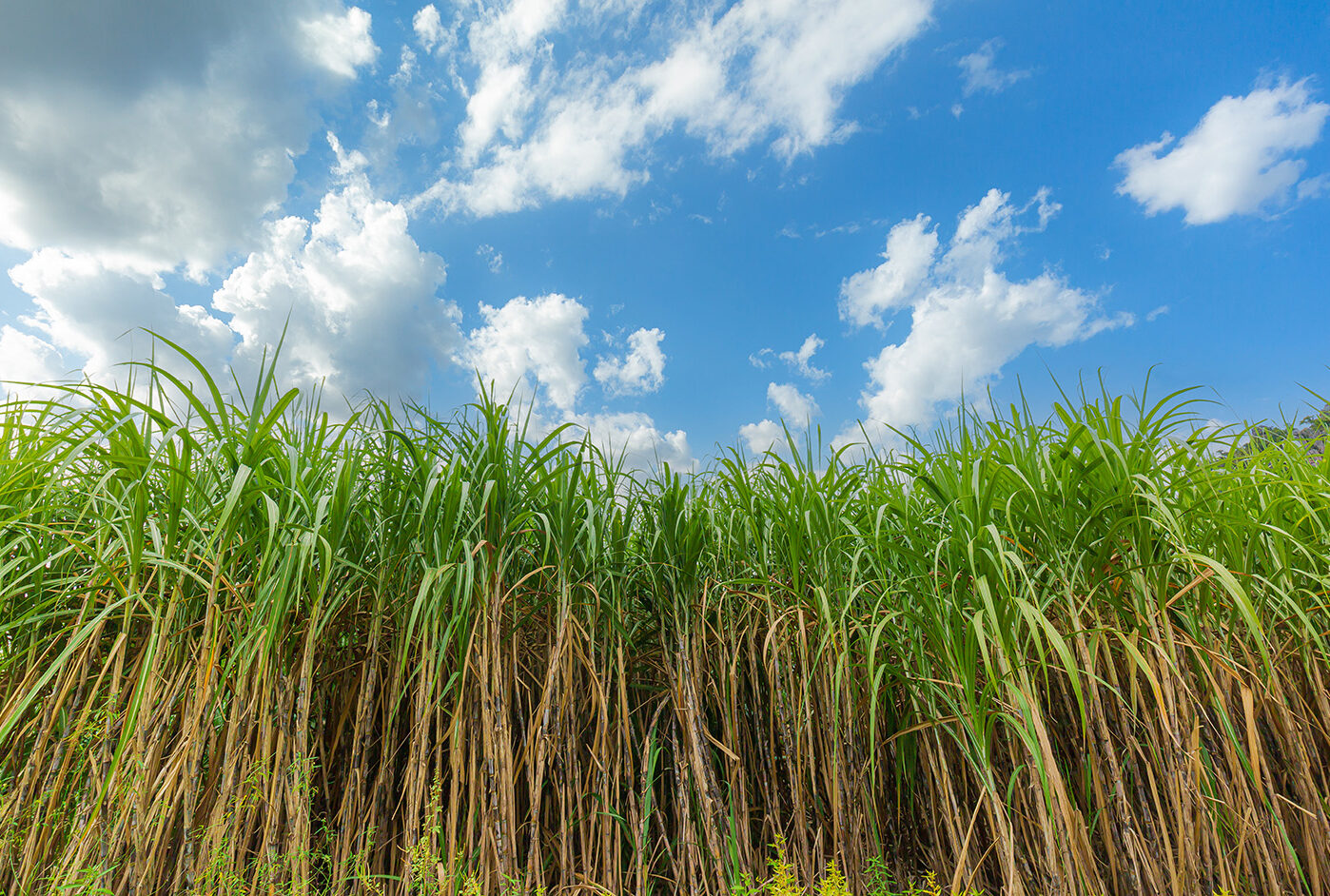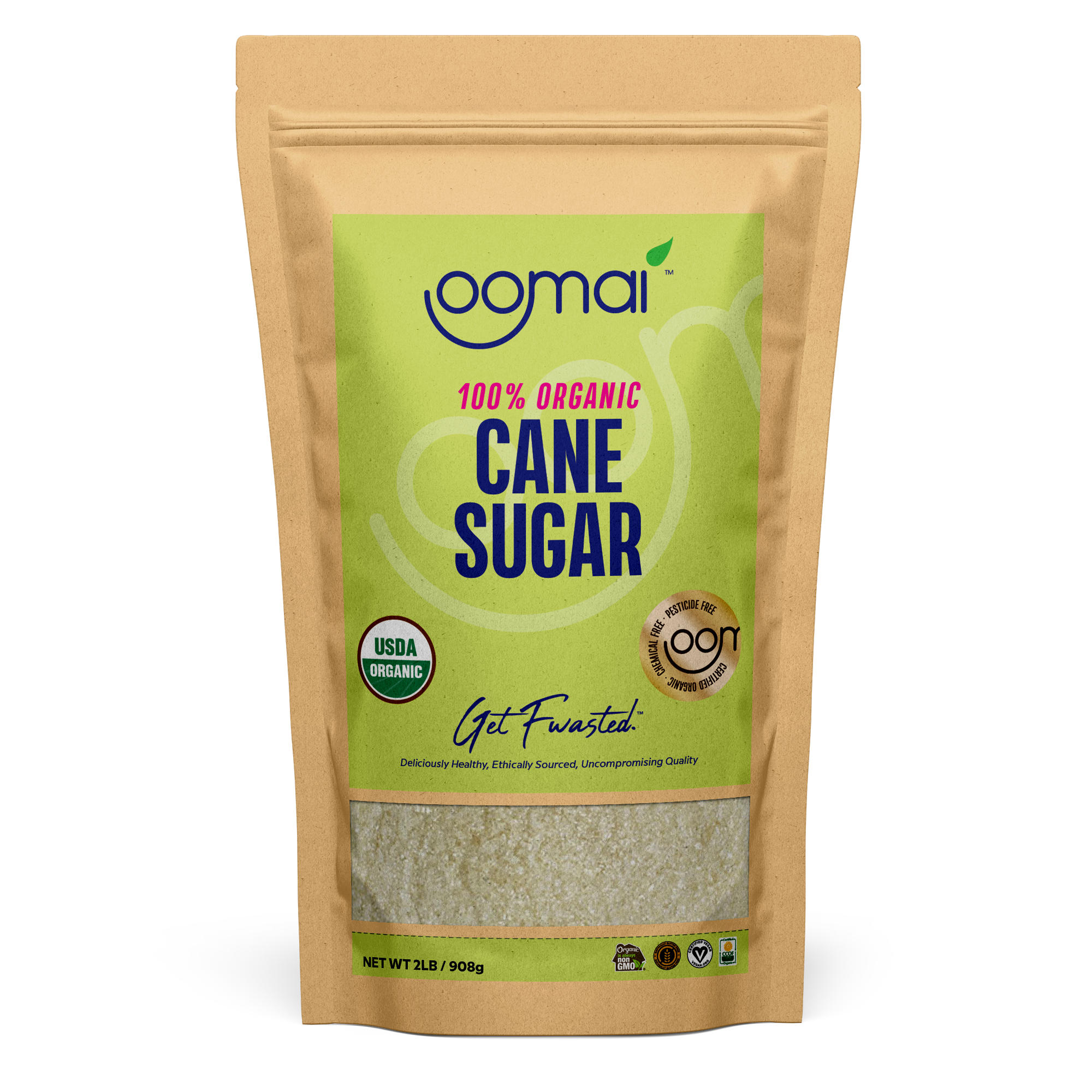How Chefs Around the World Showcase What Is Sugar Cane Used For
Discovering the Versatile Use Sugar Cane Beyond Sugar
Sugar Cane is often associated solely with sweeteners, yet its applications extend much past. This functional plant plays an essential function in various industries, including biofuels and bioplastics. Additionally, its fibers add to lasting building and textiles. The economic effects of sugar Cane manufacturing better emphasize its relevance. As technologies remain to arise, the capacity of sugar Cane to drive economic and ecological advancements becomes significantly noticeable. What various other surprises does this resilient plant hold?
The Duty of Sugar Cane in Biofuels
As nations seek sustainable power resources, sugar Cane has arised as an essential gamer in the biofuels market. This exotic plant is rich in sucrose, which can be fermented to produce ethanol, a renewable gas choice to fossil gas. The cultivation of sugar Cane for biofuel manufacturing not just minimizes greenhouse gas discharges yet likewise adds to power safety, particularly in sugar-producing countries.
Moreover, sugar cane-derived ethanol can be blended with fuel, improving its octane ranking and minimizing reliance on non-renewable sources. The by-products of sugar Cane handling, such as bagasse, are important for creating electrical energy, making the entire production cycle energy-efficient.
Study continues to check out advanced techniques for optimizing energy yield from sugar walking cane, solidifying its function in the change to cleaner power options. As global demand for lasting gas increases, sugar Cane sticks out as an essential part of the biofuel industry.
Sugar Cane as a Source of Bioplastics
The ecological influences of plastic air pollution are increasingly concerning, sugar Cane provides an appealing option as a resource of bioplastics. Originated from renewable resources, bioplastics made from sugar Cane can significantly minimize reliance on petroleum-based plastics. These bioplastics are created with the fermentation of sugars drawn out from the walking stick, leading to materials that can be compostable or naturally degradable, depending upon their formula.
Making use of sugar Cane bioplastics not just reduces carbon discharges however likewise advertises lasting agricultural methods. By using farming waste and results, the total ecological footprint of production is lessened. Furthermore, products made from sugar Cane bioplastics can seamlessly integrate right into existing waste monitoring systems, attending to worries regarding waste build-up.
As industries seek lasting remedies, sugar cane-based bioplastics represent a practical option that aligns with international initiatives to fight plastic pollution and cultivate a round economic climate.
Medicinal Applications of Sugar Cane
Sugar Cane is identified for its antioxidant properties, which add to various wellness benefits. In addition, it has been made use of in traditional solutions across societies, highlighting its significance in alternative medicine. These features highlight the possibility of sugar Cane in the field of medical applications.
Antioxidant Characteristics of Walking Cane
Various researches have revealed that sugar Cane has significant antioxidant buildings, making it a useful component in medicinal applications. The phenolic substances found in sugar cane, such as flavonoids and phenolic acids, add to its capability to counteract free radicals, consequently minimizing oxidative anxiety in the body. This antioxidant task is connected to different wellness benefits, including improved cardiovascular health and wellness and enhanced immune function. In addition, sugar Cane extracts have been revealed to display anti-inflammatory results, which can better sustain total health. By combating oxidative damage, sugar Cane may play a function in the prevention of chronic conditions, making it a fascinating subject of research for its prospective healing uses in modern-day medication.
Typical Remedies and Utilizes
While contemporary medicine commonly depends on synthetic compounds, standard treatments utilizing sugar Cane highlight its historical significance in various societies. In numerous tropical regions, sugar Cane juice has actually been made use of as a natural treatment for disorders such as dehydration and gastrointestinal issues. Its high water web content and important nutrients make it a preferred therapy for urinary tract infections and kidney stones. Furthermore, sugar Cane is thought to have anti-inflammatory buildings, aiding in the alleviation of breathing problems and aching throats. Individual medication usually includes sugar Cane in mixtures to enhance power and enhance overall health. These age-old techniques underscore the convenience of sugar walking stick, extending its value past sweetness to encompass wellness and wellness applications.
Eco-Friendly Construction Materials From Sugar Cane
Sugar walking stick, typically acknowledged for its sweet return, is getting attention as a resource of green construction products. These materials supply sustainable structure solutions, including eco-friendly composites that reduce environmental influence. Furthermore, sugar cane-derived items provide reliable insulation buildings, enhancing power efficiency in frameworks.
Sustainable Building Solutions
As the international need for sustainable building products increases, cutting-edge services acquired from sugar Cane have actually become a practical choice. This renewable energy offers numerous applications in environmentally friendly building options, specifically through its by-products. Sugar Cane fibers, understood for their stamina and resilience, can be utilized in developing insulation products and composite panels. Additionally, the juice and molasses from sugar Cane can be processed right into bio-based adhesives, lowering reliance on petroleum-based products. Using sugar Cane not just decreases waste however likewise adds to lower carbon discharges during production. Incorporating these materials into building techniques supports the round economy, advertising sustainability while resolving the pressing ecological difficulties faced by the building and construction industry.
Biodegradable Compound Materials
Biodegradable composite materials have actually gathered interest as sustainable alternatives in building and construction, specifically those originated from sugar walking stick. These products make use of the coarse byproducts of sugar walking cane, such as bagasse, to produce composites that are both lightweight and solid. By including these all-natural Read Full Report fibers, suppliers can create materials that reduce dependence on standard plastics and non-renewable sources. The sustainable nature of sugar Cane compounds not just reduces ecological effect yet additionally supports agricultural economic situations by supplying additional earnings streams for farmers. Furthermore, the biodegradability of these compounds assurances that they do not add to long-lasting waste in land fills. As the building sector seeks greener remedies, sugar cane-derived composites provide a promising path towards much more eco-friendly building techniques.

Insulation Properties and Conveniences
The insulation homes of eco-friendly building products obtained from sugar Cane deal significant advantages in power efficiency and climate control. Sugar Cane fibers have natural protecting top qualities that help manage indoor temperature levels, lowering the need for excessive heating or air conditioning. This particular contributes to reduce power intake, promoting sustainability in building practices. Furthermore, making use of sugar cane-based insulation materials is helpful for indoor air high quality, as they are less likely to produce volatile organic compounds (VOCs) compared to conventional insulation products. These materials are biodegradable, straightening with eco-conscious building and construction objectives. As the building industry looks for greener choices, sugar cane-derived insulation stands apart as a promising solution that incorporates functionality with ecological duty, sustaining both power cost savings and ecological preservation.
Sugar Cane in the Fabric Sector
Although often forgotten, sugar Cane plays a considerable duty in the textile industry, mostly with the manufacturing of sustainable fibers. These fibers, stemmed from the plant's by-products, are significantly recognized for their environmentally friendly properties. Sugar Cane fibers, such as bagasse and sisal, are eco-friendly and resilient, making them eye-catching choices to standard synthetic fibers.
Their usage in textiles advertises sustainability by decreasing reliance on petroleum-based products while also offering a method for waste reduction from sugar production. Additionally, advancements in fabric processing have actually made it possible for producers to blend sugar Cane fibers with other products, enhancing the general top quality and versatility of fabrics.
This change in the direction of including sugar Cane in fabrics shows a broader fad in the market, intending for environmentally responsible techniques. As need for sustainable products proceeds to climb, sugar cane's function in textiles may broaden, supplying both economic and ecological benefits.
Nutritional Perks and Pet Feed

Furthermore, sugar Cane contains essential minerals and vitamins that boost the nutritional account of animal feed, enhancing immunity and total well-being. Its pleasant taste and palatability make it an enticing feed choice, urging feed intake amongst animals. By including sugar Cane into their diet regimens, livestock producers can lower reliance on standard feed sources, possibly decreasing feed expenses while keeping animal health and wellness and productivity. Subsequently, sugar Cane emerges as a lasting and healthy alternative in the field More Help of pet agriculture.
The Economic Influence of Sugar Cane Production
While lots of farming commodities add to regional economies, sugar Cane production attracts attention due to its considerable financial influence across various regions. This flexible plant not just gives employment opportunities in farming, circulation, and processing however likewise sustains secondary markets such as transport and manufacturing. In nations like Brazil and India, sugar Cane is a vital driver of country advancement, fostering economic stability and improving incomes.
The spin-offs of sugar cane, consisting of ethanol and molasses, better expand earnings streams, reducing and creating additional markets dependency on standard sweeteners - What Is Sugar Cane Used For. In addition, as global demand for renewable resource rises, the function of sugar Cane in biofuel production is ending up being significantly noticeable, attracting financial investments and increasing neighborhood economic climates. In general, the financial implications of sugar Cane production are profound, influencing both local job markets and broader economic fads in areas reliant on this essential plant
Frequently Asked Concerns
Exactly How Is Sugar Cane Processed Into Biofuels?
The handling of sugar Cane right into biofuels involves extracting juice, fermenting it into ethanol, and fine-tuning the item. This technique uses the plant's why not try these out natural sugars, transforming them right into renewable energy resources for various applications.
What Are the Environmental Advantages of Making Use Of Sugar Walking Stick?
The ecological advantages of utilizing sugar Cane consist of reduced greenhouse gas exhausts, boosted soil wellness through lasting farming techniques, and lower dependence on fossil fuels, which collectively add to a more environment-friendly and lasting farming system.

Can Sugar Cane Be Expanded in Any Environment?

Sugar Cane grows in tropical and subtropical environments, needing cozy temperature levels, sufficient sunlight, and sufficient rainfall. Its development is limited in colder regions, making it improper for arctic or pleasant environments where frost happens.
What Are the Historic Uses Sugar Walking Stick?
Historically, sugar Cane served different functions beyond sweetening - What Is Sugar Cane Used For. It was used for creating rum, as a source of biofuel, in conventional medicine, and for crafting materials like paper and molasses, showcasing its varied applications throughout different societies
Exactly How Does Sugar Cane Effect Resident Economies?
The impact of sugar Cane on local economic situations is substantial, supplying employment, boosting farming markets, and promoting trade. Its farming supports rural resources and promotes regional markets, adding to overall financial development and area advancement.
The financial effects of sugar Cane manufacturing additionally highlight its importance. Obtained from renewable resources, bioplastics made from sugar Cane can greatly lower reliance on petroleum-based plastics. Eco-friendly composite materials have actually gathered attention as lasting alternatives in building, particularly those obtained from sugar cane. These products make use of the fibrous results of sugar cane, such as bagasse, to develop composites that are both lightweight and solid. While numerous farming commodities add to local economic situations, sugar Cane production stands out due to its substantial economic influence across numerous regions.